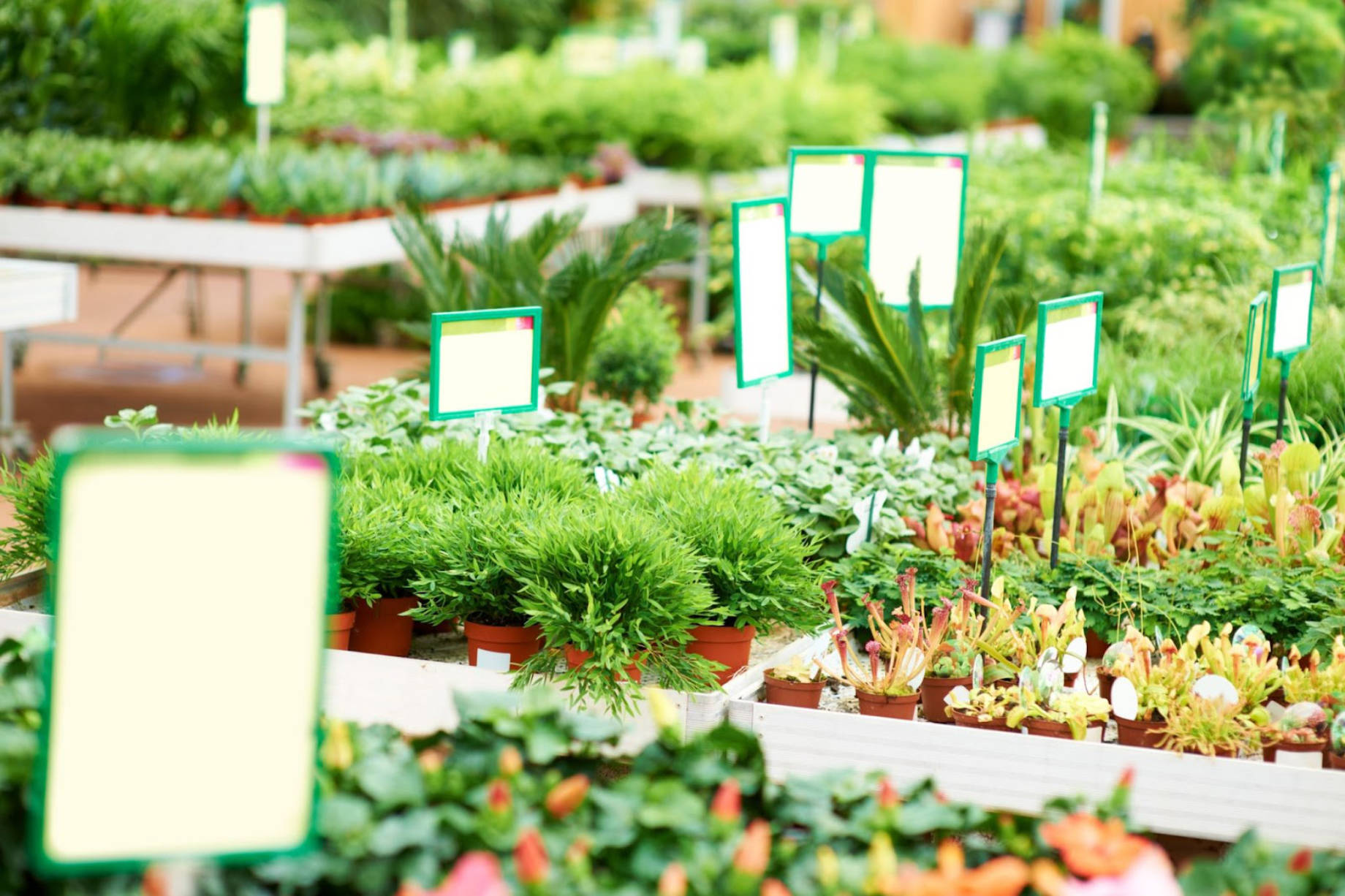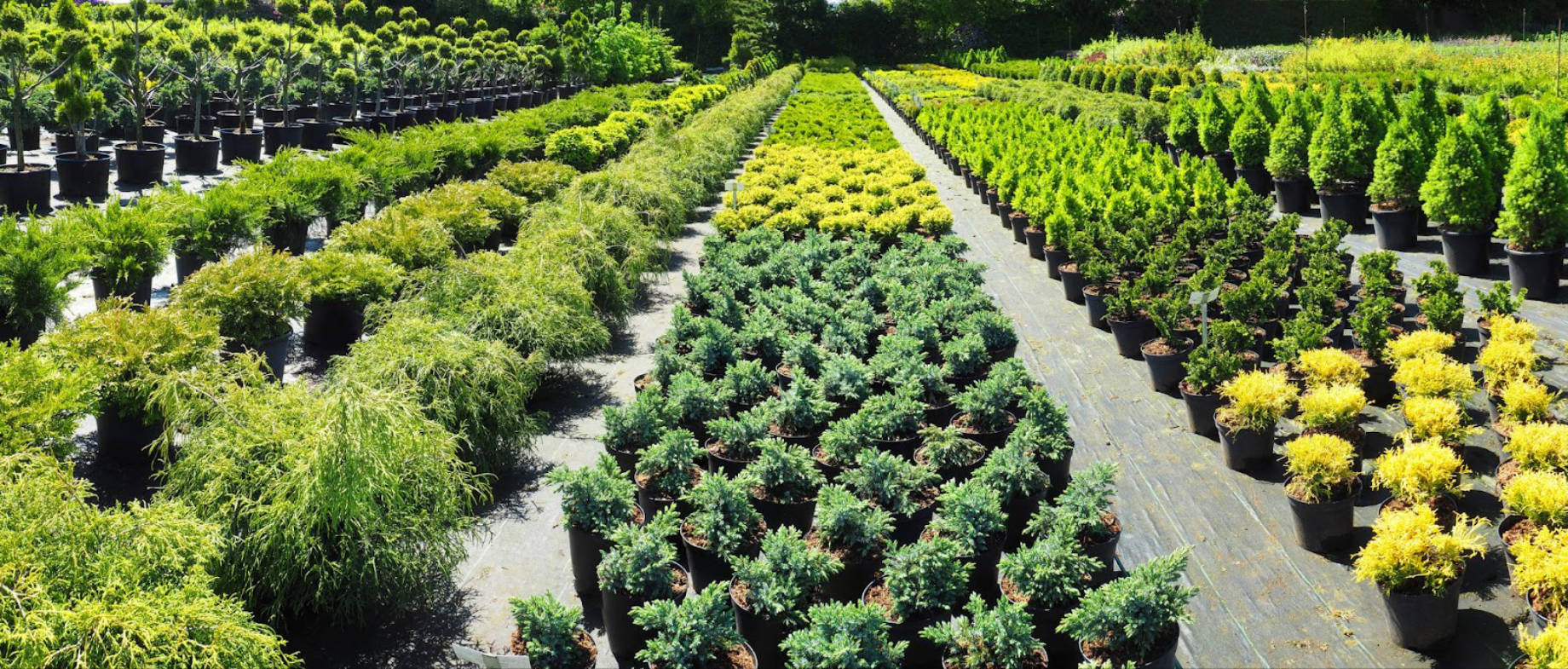
Selecting the right plants for your climate is essential to creating a thriving, low-maintenance garden. Start by assessing your region’s hardiness zone, soil type, sunlight exposure, and water availability. Native plants are often the best choice as they adapt easily, support local ecosystems, and require minimal upkeep. Incorporating seasonal planting strategies and understanding growth patterns will ensure a vibrant, sustainable outdoor space.
Table of Contents
- Understanding Your Hardiness Zone
- Factors to Consider When Choosing Plants
- Benefits of Using Native Plants
- Popular Plant Categories for Different Climates
Imagine planting a tropical oasis in a cold northern climate—it simply wouldn’t survive. The key to a flourishing garden lies in choosing plants that align with your region’s unique conditions. Whether you’re dealing with dry heat, heavy rainfall, or freezing winters, understanding your environment helps create an outdoor space that thrives effortlessly. For instance, companies like Tazscapes emphasize the importance of thoughtful design in crafting functional landscapes. By selecting plants suited to your climate, you can enjoy vibrant blooms, lush foliage, and minimal upkeep all year round.
Let’s dive deeper into how you can make informed decisions when choosing plants tailored to your specific climate.
Understanding Your Hardiness Zone
To choose plants that will thrive in your climate, it’s crucial to first understand your hardiness zone. Hardiness zones are geographic areas defined by their average annual minimum temperatures, which help determine which plants can survive the winter in your region. In Canada, the Plant Hardiness Zones Map provides a detailed breakdown of these areas, ranging from Zone 0 (the coldest) to Zone 8 (the warmest).
For example, regions like Calgary fall into Zones 3 or 4, where winters are cold, and plants must withstand frost and snow. On the other hand, milder coastal areas may fall into higher zones, allowing for a wider variety of species, including those that prefer warmer climates. Knowing your zone ensures you select plants that can handle both the highs and lows of your local weather patterns.
Here’s a simplified guide to help you match plants with your hardiness zone:
| Hardiness Zone | Temperature Range | Best Plant Types |
|---|---|---|
| Zone 1–2 | -50°C to -40°C | Arctic willow, dwarf birch, creeping juniper |
| Zone 3–4 | -40°C to -20°C | Blue spruce, lilac bushes, daylilies |
| Zone 5–6 | -20°C to -10°C | Roses, hydrangeas, lavender |
| Zone 7–8 | -10°C to 0°C | Azaleas, camellias, citrus trees |
Factors to Consider When Choosing Plants
Choosing the right plants for your climate involves more than just knowing your hardiness zone. Several other factors play a critical role in ensuring your garden thrives while complementing your outdoor space. Here’s what you need to consider:
Soil Type
The type of soil in your yard significantly impacts plant health. Different plants thrive in different soil conditions, so it’s important to test your soil before planting. Common soil types include:
- Sandy Soil: Drains quickly and is ideal for drought-tolerant plants like lavender, sage, or succulents.
- Clay Soil: Retains moisture and nutrients, making it suitable for perennials such as hostas, asters, and black-eyed Susans.
- Loamy Soil: A balanced mix of sand, silt, and clay, loamy soil is versatile and supports a wide range of plants, including vegetables, flowering shrubs, and ornamental grasses.
If your soil isn’t naturally suited to the plants you want, consider amending it with organic matter or using raised beds to create optimal growing conditions.
Sunlight Exposure
Understanding how much sunlight your yard receives is essential for selecting the right plants. Break down your space into zones based on sunlight exposure:
- Full Sun (6+ hours/day): Ideal for plants like marigolds, tomatoes, and ornamental grasses.
- Partial Shade (3–6 hours/day): Perfect for hydrangeas, ferns, and impatiens.
- Full Shade (<3 hours/day): Best for shade-loving species like mosses, hostas, and astilbes.
Take note of how sunlight shifts throughout the day and across seasons, as this can affect plant placement and performance.
Water Needs
Water availability is another crucial factor. Overwatering or underwatering can stress plants and lead to poor growth or even failure. Group plants with similar water needs together to simplify irrigation and reduce waste. For example:
- Low-Water Plants: Succulents, cacti, and sedums are great for arid climates or areas with water restrictions.
- Moderate-Water Plants: Daylilies, coneflowers, and most shrubs thrive in environments with consistent moisture.
- High-Water Plants: Irises, ferns, and bog plants require consistently damp soil and are perfect for rain gardens or wetland areas.
Benefits of Using Native Plants
When designing a garden that thrives in your climate, native plants are often the unsung heroes. These are species that have naturally adapted to your region’s specific weather patterns, soil conditions, and ecosystems over centuries. Incorporating them into your landscape not only enhances its beauty but also brings a host of practical and environmental benefits.
1. Ease of Maintenance
Native plants are accustomed to local conditions, meaning they require less water, fertilizer, and pest control compared to exotic species. For example, wildflowers like black-eyed Susans or prairie grasses can thrive in Calgary’s dry summers without needing constant attention. This makes them an excellent choice for homeowners looking to reduce the time and effort spent on garden upkeep.
2. Support for Local Wildlife
One of the standout advantages of native plants is their ability to support local ecosystems. They provide food and shelter for pollinators like bees, butterflies, and birds, which are essential for maintaining biodiversity. For instance, planting milkweed can attract monarch butterflies, while berry-producing shrubs like serviceberries offer nourishment for birds during colder months.
3. Environmental Sustainability
Using native plants reduces the need for chemical fertilizers and pesticides, which can harm the environment. Additionally, these plants are often more drought-resistant, helping conserve water—a critical factor in areas prone to water restrictions. By choosing natives, you contribute to a healthier planet while creating a garden that feels truly connected to its surroundings.
4. Aesthetic Harmony
Native plants blend seamlessly with the natural landscape, offering a sense of authenticity and cohesion. Imagine a yard filled with vibrant lupines, goldenrod, or trembling aspens—plants that echo the beauty of Canada’s wilderness. These species not only enhance curb appeal but also create outdoor spaces that feel grounded and timeless.
Popular Plant Categories for Different Climates

Not all plants are created equal when it comes to adapting to various climates. To help you make informed decisions, here’s a breakdown of plant categories that thrive in different environmental conditions. Whether you live in a dry, temperate, or tropical region, these suggestions will guide you toward creating a resilient and visually appealing garden.
Dry Climates
Dry climates, such as those found in parts of Alberta or British Columbia’s interior, require plants that can withstand minimal rainfall and high temperatures. These species are often drought-tolerant and store water efficiently. Examples include:
- Groundcovers: Ice plants and creeping thyme provide low-maintenance coverage while suppressing weeds.
- Shrubs: Junipers and yuccas add texture and structure without needing frequent watering.
- Trees: Palo verde and mesquite trees offer shade and resilience in arid conditions.
Temperate Climates
Temperate climates, with their distinct seasons and moderate rainfall, support a wide variety of plants. This versatility allows for creative combinations of flowering perennials, shrubs, and trees:
- Flowering Plants: Tulips, daffodils, and peonies bring bursts of colour in spring and early summer.
- Shrubs: Rhododendrons and boxwoods provide year-round greenery and structure.
- Trees: Dogwoods and Japanese maples add elegance and seasonal interest, especially during fall foliage displays.
Tropical Climates
Tropical climates, characterized by warm temperatures and high humidity, are ideal for lush, vibrant plants. These species thrive in environments where frost is rare or nonexistent:
- Flowering Plants: Hibiscus, bird-of-paradise, and bougainvillea create bold, eye-catching displays.
- Shrubs: Crotons and ixoras offer colourful foliage and blooms, perfect for adding tropical flair.
- Trees: Coconut palms and mango trees not only enhance aesthetics but also provide edible fruits, making them both functional and beautiful.
Coastal Climates
Coastal areas, with their salty air and fluctuating weather patterns, require hardy plants that can tolerate wind and salt spray. These species are often low-maintenance and well-suited to sandy soils:
- Groundcovers: Beach grasses and sea thrift stabilize soil and prevent erosion.
- Shrubs: Rugosa roses and oleanders thrive despite challenging coastal conditions.
- Trees: Monterey cypress and red alders are excellent choices for windbreaks and privacy screens.
Conclusion: Building a Sustainable Landscape
Having a thoughtfully designed garden is not only something that can make your property aesthetically appealing, but it can also contribute to local ecosystems and resource-saving. As illustrated, in dry climates the usage of drought-tolerant plants, as well as the insertion of rain gardens in wet climates, can save a lot of water consumption. In a similar way, one can layer plants and plant in groups of similar needs so that they make a coherent, well-organized layout which goes with nature and not against it.
Finally, you want to produce an outside space that fits your style of life, that is, you want to design an outdoors that is in tune with nature. Hoping to have a calm oasis in your life, an entertainment zone, or a pollinator paradise, the guidelines of climate-smart gardening will help you achieve your goal. Knowing how to care for and maintain the garden, with proper planning and considering sustainability, can turn into an active part of your house, something that would change and develop throughout the seasons, and that would never wear out.